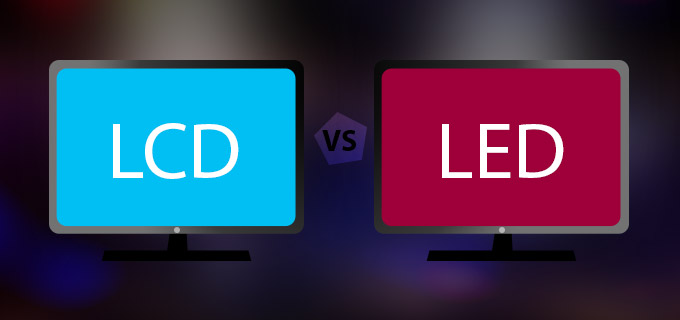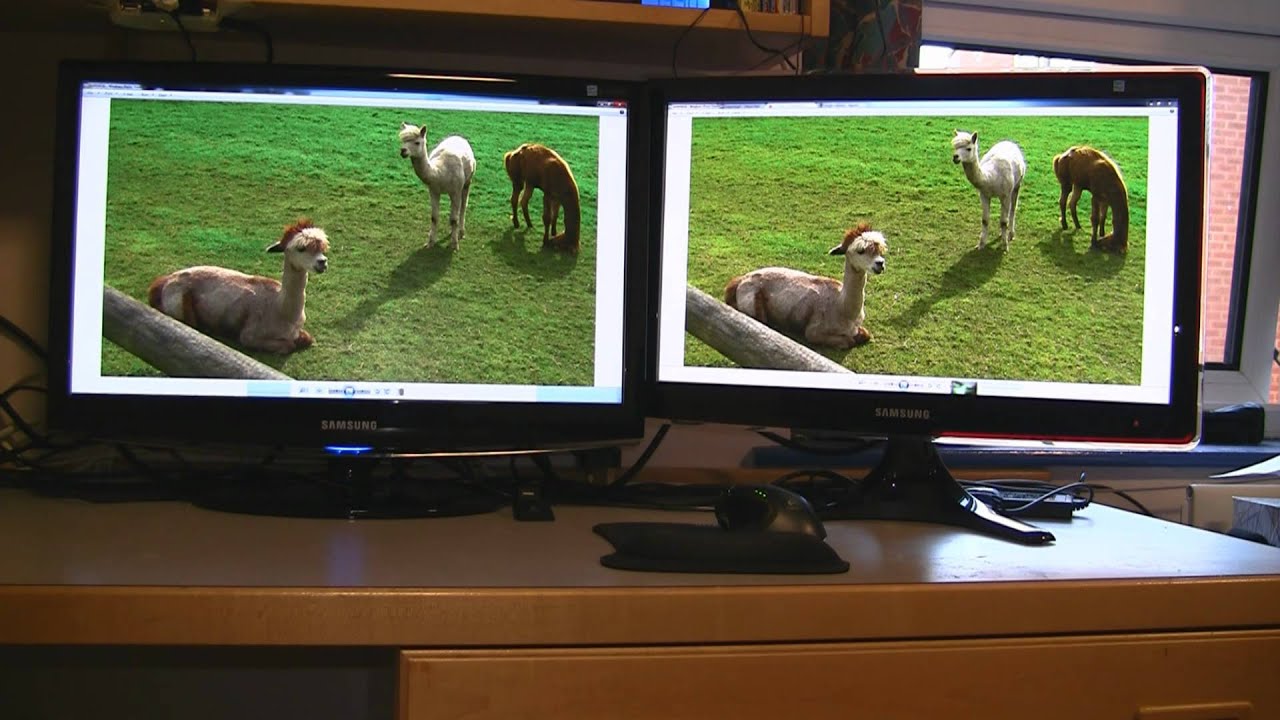Everything you Need to Know About LED and LCD TV

LCD televisions were once a popular alternative to plasma televisions, but modern LED technology has lowered the cost of both. Both televisions are good choices due to their energy efficiency and clear video playback. Both kinds, however, have various benefits depending on your budget, energy concerns, and viewing preferences.
One of the most significant differences between LEDs and LCDs is that LEDs employ a PN-Junction diode, which emits light when a current passes through it, whereas LCDs employ liquid crystal or plasma to emit visible light. The liquid crystals are put between the glass electrodes, and when electricity is put across it, it energizes and emits light.
The images and phrases are displayed on both LED and LCD screens. The LED uses gallium arsenide and gallium phosphide, which emit visible light when heated. The number and alphanumeric characters are displayed using the LED. Between the glass electrodes of the LCD, however, is a thin layer of liquid crystal filament. When electricity is delivered across the electrodes, photons are emitted, which are light particles. The text or images are displayed on the LCD as dots and segments.
Related:
How LCD works
The LCD is used to show text and graphics in a dot matrix or segmented format. Between the transparent electrodes of the LCD lies a liquid crystal filament. The filaments become energized and emit visible light when current travels between the electrodes.
The liquid crystal utilized in the display has both solid and liquid properties. When no potential is applied across the liquid crystal, it becomes transparent; nevertheless, when the crystal is activated, it scatters light in all directions and appears bright.
The LCD is more energy-efficient and has a seven-segment display. However, it is a slow device that takes longer to switch. Because DC shortens their lifespan, they are often utilized with AC at a frequency of less than 500 Hz.
Also Read: Thinking about the latest streaming option?
How LED works
LED stands for Light Emitting Diode in its entire form. When an electric current runs in the forward direction through a PN junction diode, it creates light. The p-type and n-type materials are doped to make the LED. The recombination of P-type and N-type material charges occur when electricity is delivered across the LED. Charges recombine to produce energy in the form of heat and light.
The semiconductor material is transparent (allows light to pass through), and light is emitted through their junction. Galvanized arsenides were utilized as the semiconductor material, which produces red or yellow light. It comes in a variety of colors, including green, red, and amber. The one segment is represented by multiple LEDs, while the decimal points are represented by a single LED.

11 Differences Between LCD and LED TV
-
LEDs have a smaller display area than LCDs because they use a PN-junction diode, which only displays light in one direction, whereas LCDs display light in all directions.
-
When compared to LCD, LED is more expensive.
-
The LED employs gallium arsenides, which emit light when heated, whereas the LCD employs electrified liquid crystals to produce light.
-
When compared to LCD, LEDs have a faster switching time. The active and deactivated time of their display is referred to as the switching time.
-
When a forward bias is applied across a PN junction diode, visible light is emitted. The LCD, on the other hand, emits light using liquid filaments that are filled between glass electrodes.
-
The backlight of the screen is provided by a cold cathode fluorescent lamp in the LCD, whilst the light is displayed by PN-junction diodes in the LED. The term "backlight" refers to the process of turning on and off displays to improve viewing.
-
The LED has a far higher resolution than the LCD. The resolution refers to the number of pixels on the screen's display.
-
Because of the plasma, the LED needs more power than the LCD. Plasma filaments are utilized in LCDs because they require less electricity to activate.
-
The LCD's lifespan is shortened by direct current, whereas the LED has no effect.
-
When compared to LCD, the LED has a lower contrast ratio. The contrast ratio is the ratio of the screen's visible luminance to its darker light.
-
The LCD contains mercury, which is harmful to the environment, whereas the LED does not.
Whatever TV you have in your home, or you buy in the store, both are great devices to enjoy your favorite show. Use it along with your High-speed cable or internet connection and you get entertainment for yourself and the whole family. Looking for a Cheap Internet Service Provider?
Related Posts

Fri, Dec 12, 2025 3:17 AM
Internet BundlesHow to Get the Best Value From Your Internet Plan
Learn how to save money on your internet bill by optimizing your plan, upgrading smartly, and choosing the right speed and equipment for your home.

Thu, Dec 11, 2025 2:25 AM
Broadband DealsBest Broadband Service in the US: Guide to Fast, Reliable Internet
Discover the best broadband service in the US. Compare top providers like Google Fiber, AT&T, Verizon Fios, Xfinity, Spectrum, and more to find fast, reliable internet for your home or business.

Wed, Dec 10, 2025 1:16 AM
Internet BundlesSeniors’ Guide to the Best Streaming Bundles
Discover the best streaming bundles for seniors. Learn which streaming services, apps, and internet plans make entertainment easy and affordable.

Tue, Dec 9, 2025 2:32 AM
Internet BundlesIs Your ISP Throttling Your Internet? Here’s How to Tell
This explains the signs, testing methods, and solutions to prevent speed slowdowns and maintain consistent performance.

Mon, Dec 8, 2025 5:48 AM
Internet BundlesSmarter Ways to Get Internet Without a Phone Line or Cable TV
Learn the best ways to get internet without cable TV or a phone line. Explore DSL, fiber, satellite, and fixed wireless options with a simple, natural guide for today’s cord-cutting households.
